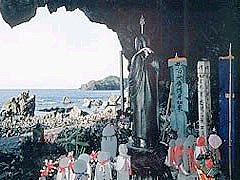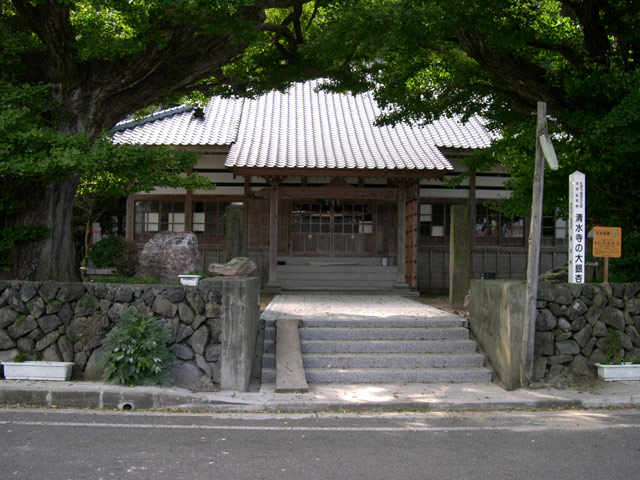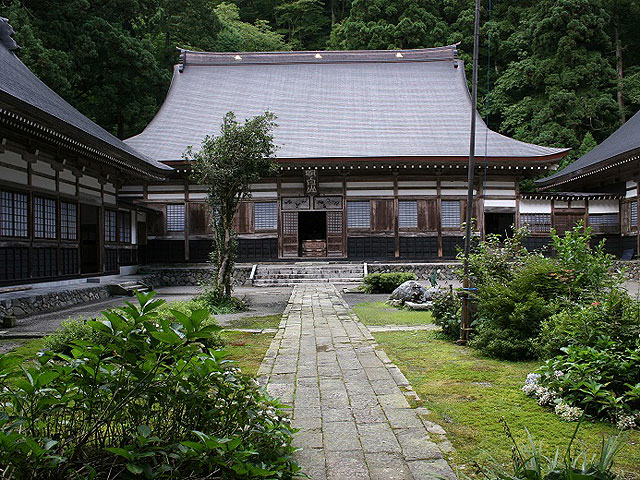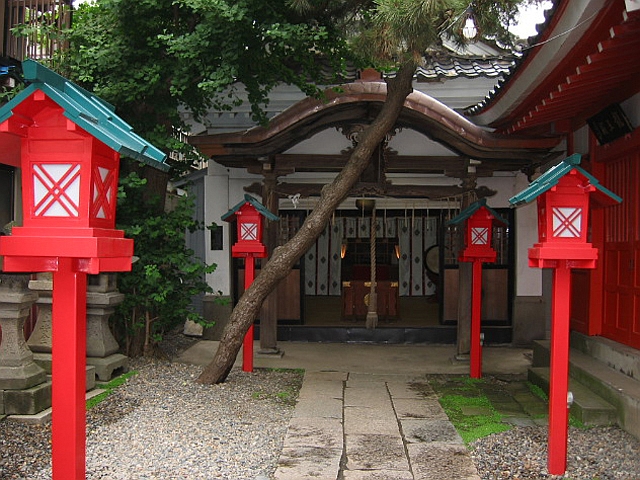In the second year of Datong (807), the old temple that was opened by the Kobo Daishi. It was named because it imitated Haya-ji Temple in Nara. Yamauchi is large, there are 6 rooms for the first to sixth temple treasure exhibition rooms, and there are 5 courses for viewing (free, reservation system) from 20 minutes to 1 hour. You can also enjoy seasonal flowers such as peonies in May, cherry blossoms, azaleas and hydrangeas, and there are also three cedars (natural monuments designated by the prefecture) that are more than 1000 years old. The three statues of the eleven-faced Guanyin standing (Important Cultural Property) of the temple treasure, which is transmitted as the statue of the Hiroho Daishi, are the secret Buddha. It is published every 33 years (the next time is 2034). There are 15 cases of state-registered tangible cultural property such as the main hall, back back, tōmō-dō, bell-dō, and a corridor, as well as seven cases of prefecture-designated tangible cultural property such as the statue of the wooden hodo-myōō, the statue of the wooden kokudō, and the statue of the shitenno, and one case of the city-designated cultural property. In addition, there are 20 kinds of various experience courses.







